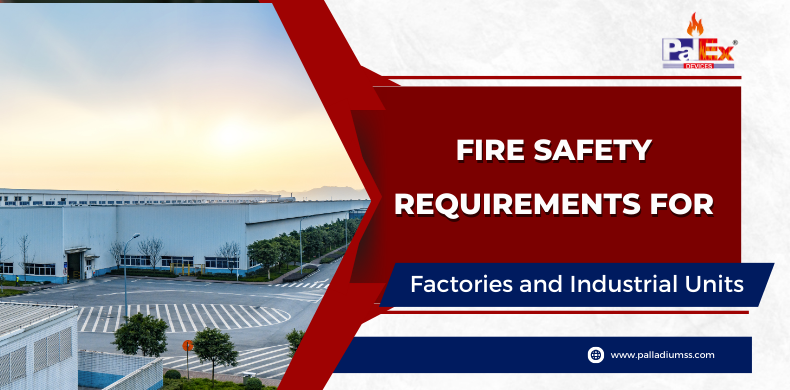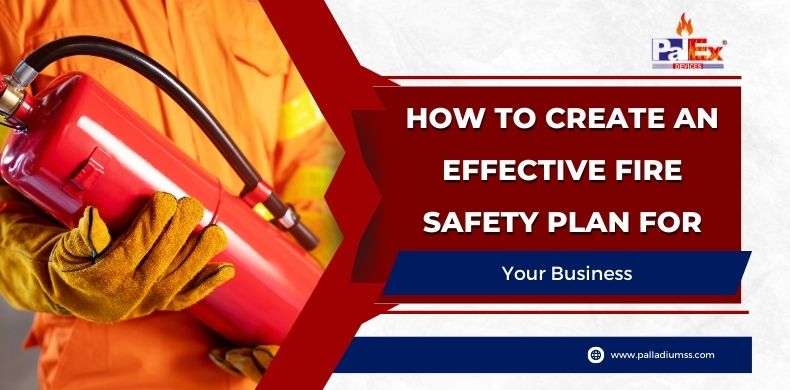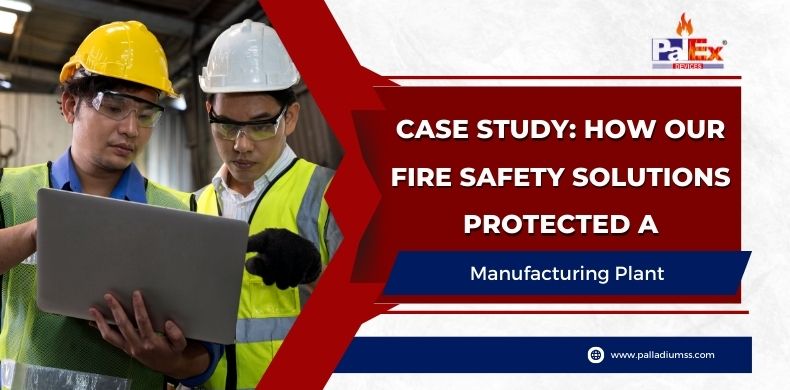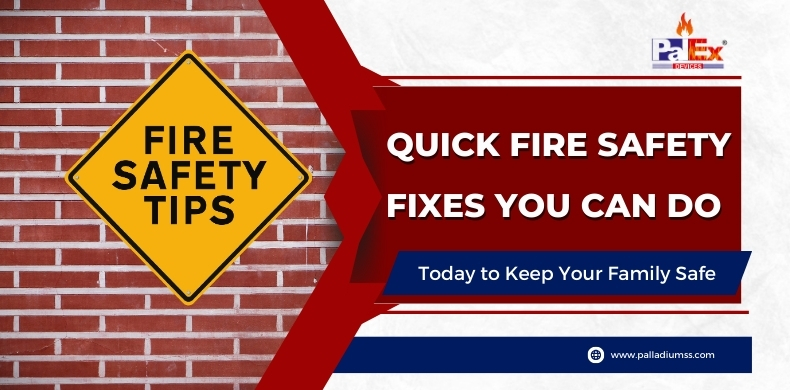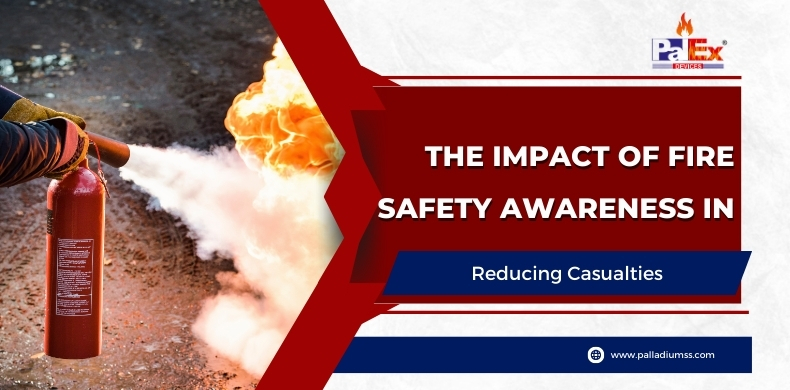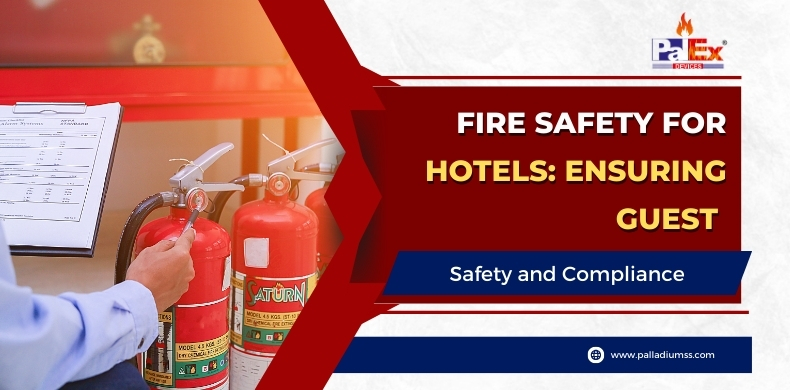Fire safety in factories is not just a formality—it’s a responsibility. In industrial units, even a small spark can turn into a major fire within minutes. With heavy machinery, electrical panels, chemicals, flammable materials, and large numbers of workers, the risks are naturally higher. That’s why every factory, big or small, needs clear, strong, and reliable fire safety measures.
If you own, manage, or work in a factory, this guide will help you understand the essential fire safety requirements in simple language.
Why Fire Safety Matters So Much in Factories
Factories are busier and riskier than normal workplaces. A fire accident here doesn’t just cause financial loss—it affects workers’ safety, production timelines, and sometimes entire communities.
Good fire safety planning:
- Protects lives
- Reduces property damage
- Prevents downtime
- Builds employee confidence
- Helps you follow legal compliance
Let’s break down what every industrial unit should have for proper fire protection.
Fire Safety Plan and Risk Assessment
Every factory must start with a proper fire safety plan. This is like a blueprint that tells you:
- What could cause a fire
- Who is at risk
- How to prevent fire
- How to escape safely
- What emergency actions to take
A risk assessment helps you identify danger zones such as:
- Electrical panels
- Boiler rooms
- Chemical storage areas
- Production lines
- Packaging areas
Once you identify risks, you can plan how to reduce them. This is the foundation of fire safety.

Proper Fire Detection Systems
Industrial units must have reliable fire detection systems because early warning saves lives.
Types of detectors commonly used:
- Smoke detectors for offices, meeting rooms, staff resting areas
- Heat detectors for kitchens, workshops, and machine areas
- Beam detectors for large halls and warehouses
- Flame detectors for areas with fuel, chemicals, or open flames
The type you choose depends on the room. Factories often need more than one type of detector to cover different risk zones.
Fire Alarm Systems
A fire detection system is useless if people cannot hear the warning.
Factories need a complete fire alarm system with:
- Loud sirens
- Flashing lights (for noisy areas)
- Manual call points (break-glass alarms)
Workers must be able to raise an alarm quickly from any area in the factory.
Emergency Exits and Escape Routes
In an industrial fire, safe escape matters more than anything else.
Every factory should have:
- Clearly marked emergency exits
- Wide, obstruction-free pathways
- Exit signs with glowing markers
- Emergency lights in case of power failure
Escape routes must never be blocked with boxes, tools, or materials.
Workers should know exactly which exit to use depending on where they are working.
Fire Drills and Staff Training
Even the best equipment is useless if people don’t know how to respond.
Factories must conduct:
- Fire safety training for all staff
- Mandatory fire drills at least twice a year
- Training for using extinguishers
- Emergency response team (ERT) training
Workers should learn:
- How to raise an alarm
- How to use extinguishers
- Evacuation routes
- Safety assembly point
- How to shut down machines in emergencies
A calm, trained team reacts faster and saves lives.
Storage Safety for Chemicals and Flammable Materials
Factories often store oils, chemicals, fuels, and flammable materials. These require special attention.
Key rules include:
- Use flameproof cabinets
- Clearly label all storage containers
- Keep flammables away from heat sources
- Maintain proper ventilation
- Separate incompatible materials
Fire safety in factories isn’t just about following rules—it’s about protecting the people who work hard every day. With the right planning, equipment, training, and maintenance, industrial units can significantly reduce their fire risks.
A safe workplace builds trust, improves productivity, and prevents disasters. Whether you run a small workshop or a large manufacturing plant, investing in proper fire safety will always be worth it.

